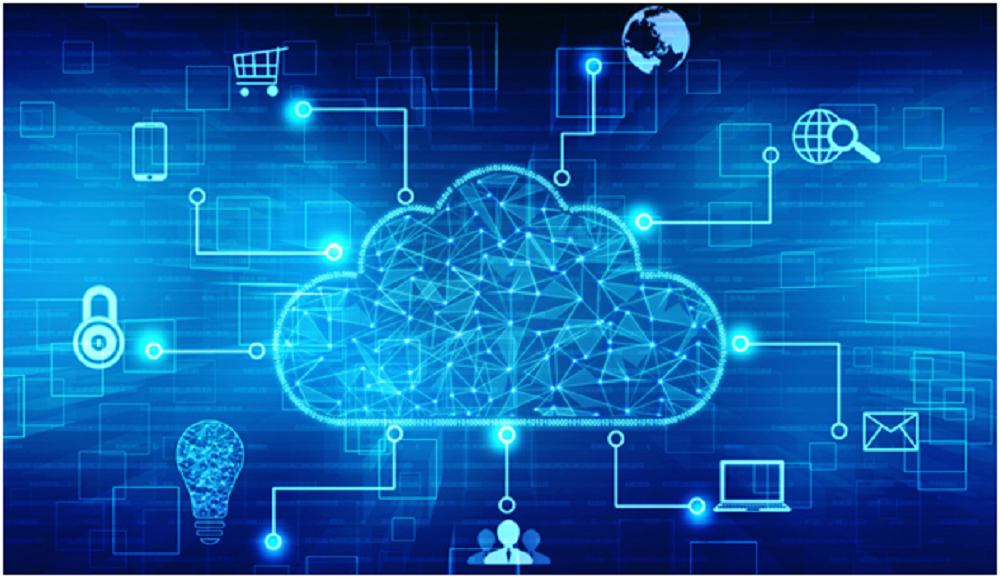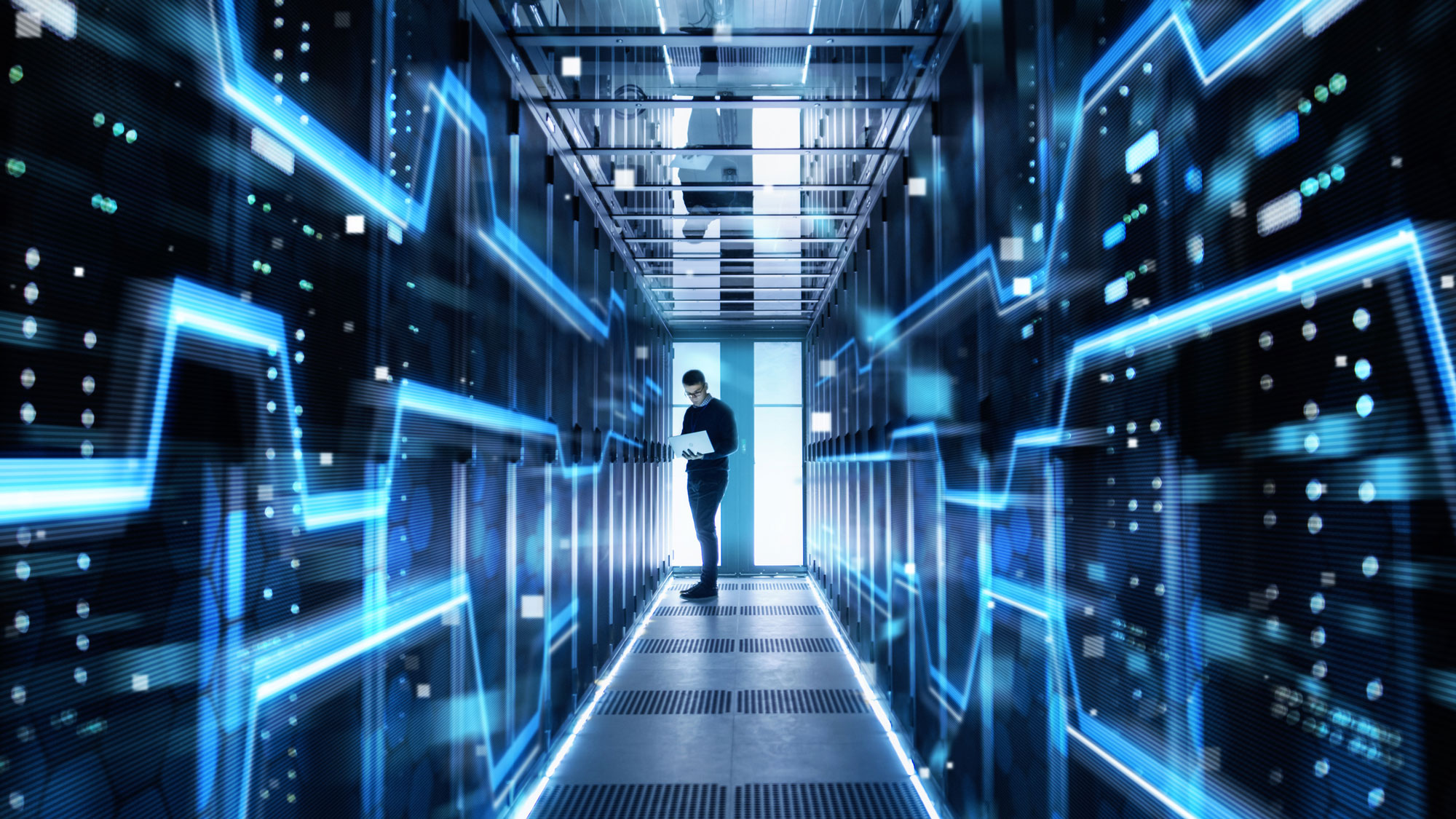The Digital Tapestry: How Technology Is Weaving the Future

In just a few decades, technology has gone from a novel convenience to the invisible backbone of modern life. Whether you’re reading this on a smartphone while commuting, streaming music from the cloud, or checking your smart watch for your next meeting, technology is quietly embedded in nearly everything we do.
But beyond the screens and devices, technology is shaping our societies, economies, and even our humanity in ways that are both exciting and complex. In this article, we’ll explore how technology is evolving, influencing our daily lives, and what the future might hold.
The Ever-Accelerating Pace of Innovation
One of the most striking features of modern technology is the speed of change. Moore’s Law—the observation that the number of transistors on a microchip doubles about every two years—has more or less held steady for decades. This rapid pace of advancement has made computing power faster, cheaper, and more accessible.
Just consider the smartphone: in your pocket, you hold more computing power than NASA had when it sent astronauts to the moon. And now, artificial intelligence (AI), quantum computing, and biotechnology are pushing boundaries even further.
But it’s not just about speed. It’s also about how interconnected everything has become. From the Internet of Things (IoT) to global social media platforms, technology is no longer siloed—it’s a living ecosystem that learns, adapts, and evolves with us.
The Role of AI and Automation
Artificial intelligence isn’t just science fiction anymore. It’s in your email inbox, filtering spam. It’s in your online shopping cart, suggesting items. It’s in your car, guiding navigation or even driving itself. AI is reshaping industries—from healthcare and finance to education and agriculture.
One of the biggest conversations around AI centers on automation and jobs. There are concerns—justifiably so—that machines could replace human workers in many sectors. But history tells us that while technology may disrupt jobs, it also creates new opportunities. Think of how the rise of the internet created entire industries like digital marketing, app development, and remote freelancing.
The key will be how we prepare. Reskilling and education will be essential to ensure that people can pivot into new roles as technology evolves. And as we teach machines to “think,” we must also teach ourselves to adapt.
Technology in Healthcare: A Revolution in Progress
Perhaps nowhere is technology’s transformative power more evident than in healthcare. Telemedicine, wearable health trackers, robotic surgeries, and AI-driven diagnostics are not future dreams—they are current realities.
For instance, during the COVID-19 pandemic, virtual doctor appointments became the norm, reducing risk and increasing accessibility. AI is being used to detect diseases earlier and more accurately, from skin cancer to diabetic retinopathy. Meanwhile, genome sequencing and CRISPR technologies are opening up new possibilities in personalized medicine.
These advancements could lead to longer, healthier lives for millions. However, they also raise ethical questions about data privacy, access to care, and the role of tech companies in personal health.

Smart Homes, Smarter Cities
Walk into a modern home, and you might be greeted by a voice assistant that can control your lights, thermostat, and even the coffee maker. Smart homes are becoming more common as IoT devices become more affordable and user-friendly.
But the smart revolution doesn’t stop at the front door. Cities are becoming smarter too. Urban centers are using sensors and data analytics to manage traffic, reduce energy consumption, and improve public services. For example, some cities use real-time data to optimize bus routes or identify potholes before they become dangerous.
This level of connectivity has the potential to make urban life more efficient and sustainable. Yet, it also demands robust cybersecurity and thoughtful regulation to prevent misuse of data and maintain public trust.
Education and the Digital Divide
Education has been transformed by technology in the last decade. Online learning platforms, interactive apps, and digital classrooms are making education more accessible than ever. For students in remote or underserved areas, these tools can open doors that were previously shut.
However, the digital divide—the gap between those who have access to technology and those who do not—remains a significant issue. While some students have tablets and high-speed internet, others struggle with shared devices and unreliable connections. Addressing this divide is critical if we hope to use technology as a true equalizer.
Governments, educators, and tech companies must work together to ensure equitable access to technology and digital literacy. Only then can we fully harness its potential to uplift and empower.
Ethical and Environmental Considerations
As we embrace technology, we must also grapple with the ethical implications. Who owns your data? How is your personal information being used—or misused? What happens when algorithms become biased or discriminatory?
There’s also the environmental impact. Producing smartphones, servers, and data centers consumes significant energy and raw materials. E-waste is a growing problem worldwide. Sustainable tech practices—like recycling components, using renewable energy, and designing longer-lasting devices—must become a priority.
Tech shouldn’t just be about what’s possible. It should also be about what’s responsible.

Looking Ahead: What’s Next?
The next frontier of technology is both thrilling and uncertain. We’re seeing advances in areas like:
-
Quantum computing, which could revolutionize encryption and problem-solving.
-
Augmented and virtual reality, blending the digital and physical worlds.
-
Space technology, with private companies pushing the limits of exploration.
-
Brain-computer interfaces, potentially allowing direct communication between humans and machines.
These developments challenge us to think deeply about what it means to be human in a digital age. Will we become more connected or more isolated? Will we use technology to build a better world—or to reinforce the flaws of the one we already have?
